Service hotline
+86 0755-83975897
Release date:2024-10-30Author source:KinghelmViews:1483
In recent years, the demand for consumer electronics has surged, driving advancements in wireless technologies and markets. Antennas, as essential components of wireless products, have evolved to meet these growing needs. In Bluetooth devices, the relationship between antennas and Bluetooth modules is synergistic. Beyond the core system chip, the antenna plays a crucial role in influencing the transmission characteristics of these modules.
What is an Antenna?
An antenna is a device designed to transmit or receive electromagnetic waves. Its primary functions vary depending on its role:
● Transmitting Antennas: These convert high-frequency electrical currents from transmitters into electromagnetic energy that radiates through space.
● Receiving Antennas: Conversely, receiving antennas capture electromagnetic energy and convert it back into high-frequency currents for receivers.
Types of Antennas Commonly Used in Bluetooth Modules
Let’s compare three common types of antennas used in Bluetooth modules: Ceramic Antennas, PCB Antennas, and IPEX External Antennas.
Ceramic Antennas
Description: Ceramic antennas are compact and ideal for Bluetooth devices. They are categorized into two types: block ceramic antennas and multilayer ceramic antennas.
Manufacturing: Block antennas are created by sintering a solid ceramic block at high temperatures, followed by printing the metallic parts on its surface. Multilayer antennas use a low-temperature co-firing process, stacking and aligning multiple layers of ceramic before sintering. This design enables smaller antenna sizes and even hidden installations.
Advantages: The higher dielectric constant of ceramic materials compared to PCBs allows for significant size reduction.
PCB Antennas
Description: PCB antennas are integrated into the printed circuit board for wireless transmission and reception.
Functionality: During transmission, they convert high-frequency currents into electromagnetic waves. For reception, they convert intercepted waves back into electrical currents.
Advantages: PCB antennas are cost-effective, space-saving, and easy to assemble since they don’t require separate assembly.
Disadvantages: However, they may sacrifice performance, as achieving a perfect radiation pattern is challenging. This results in high insertion loss and relatively lower efficiency, making them more susceptible to interference from the main board.
IPEX Antennas
Description: IPEX antennas function as interfaces for RF circuits and antennas, commonly used in WLAN products.
Advantages: They provide better control over the radiation pattern, lower insertion loss, and improved signal directivity and efficiency. IPEX antennas also possess strong anti-interference capabilities, making them less affected by disturbances from the main board. They require minimal tuning for matching, simplifying installation for manufacturers.
Disadvantages: The main drawbacks are higher costs and a more complex assembly process.
IPEX1 vs. IPEX4: Key Differences
When discussing IPEX antennas, it’s important to differentiate between IPEX1 and IPEX4 connectors, as they serve distinct purposes in wireless applications.
IPEX1: This connector is typically used in applications requiring standard performance for wireless communication. It provides adequate signal quality for basic Bluetooth functionalities but may not meet the demands of advanced devices.
IPEX4: The newer IPEX4 offers enhanced performance with improved signal integrity and reduced insertion loss. It is designed for high-frequency applications and is better suited for advanced Bluetooth modules, particularly in environments where signal quality is critical.
Conclusion
As the wireless technology landscape evolves, understanding the various types of antennas and their respective advantages is crucial for optimizing Bluetooth product performance. By selecting the appropriate antenna—whether ceramic, PCB, or IPEX—manufacturers can significantly enhance the functionality and reliability of their devices. Choosing between IPEX1 for standard applications or upgrading to IPEX4 for high-performance needs can make all the difference in wireless communications.
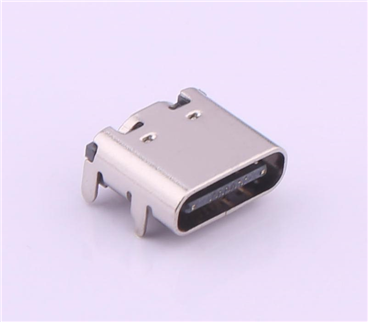
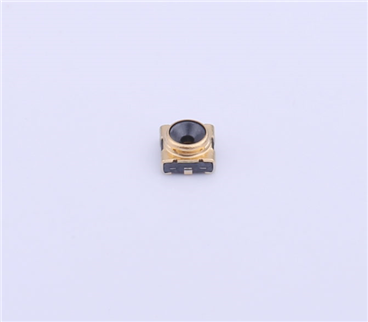
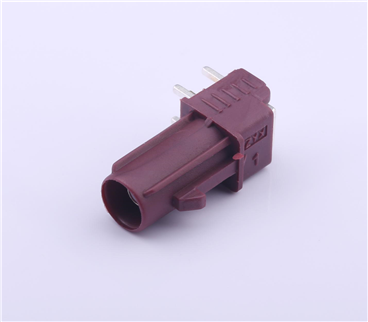
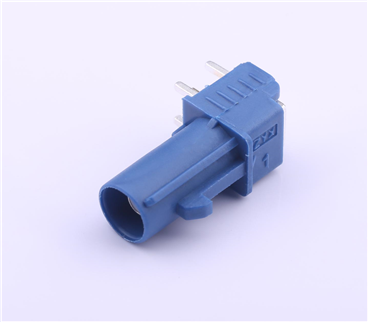
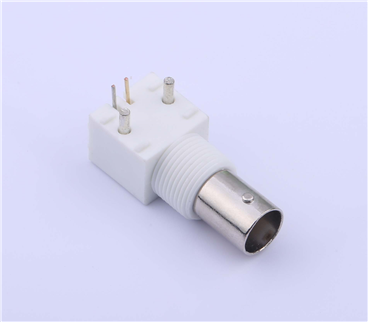
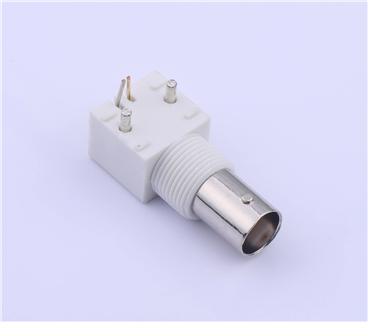
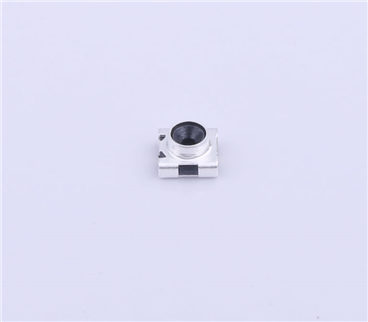
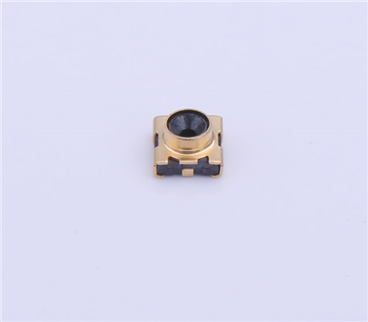
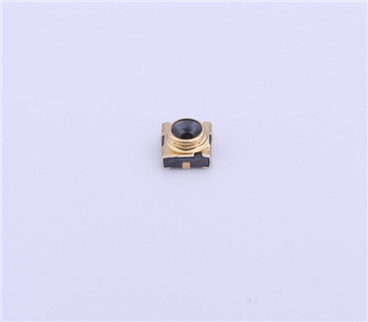

Copyright © Shenzhen Kinghelm Electronics Co., Ltd. all rights reservedYue ICP Bei No. 17113853